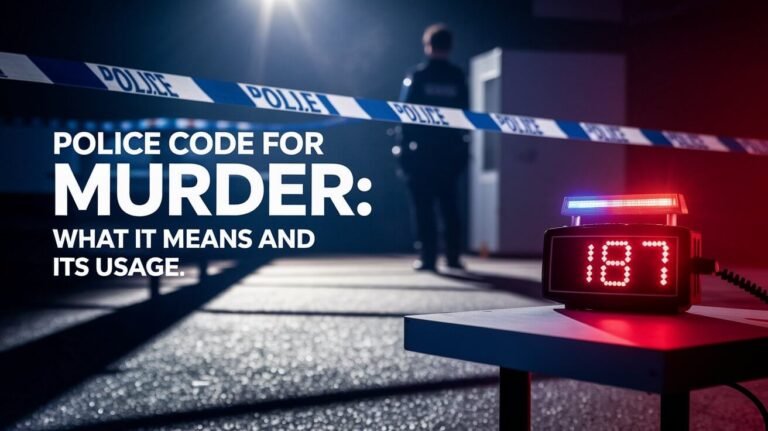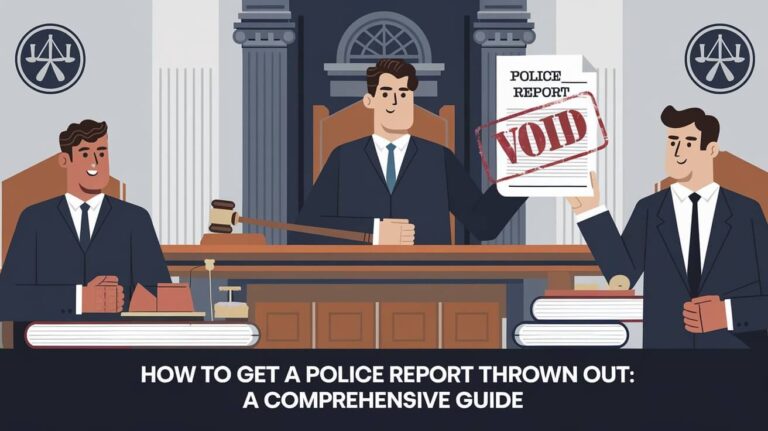The First Police Helicopter: A Legacy of Safety

Police helicopters have become an integral part of modern law enforcement, but their story began decades ago with a groundbreaking innovation. What was the first police helicopter? The answer revolutionized law enforcement forever: The Bell 47D, introduced to the New York City Police Department in 1948, was the world’s first police helicopter. This single-rotor, single-engine aircraft transformed how police departments operated and set the standard for aerial law enforcement.
Early Police Aviation Before Helicopters
The journey toward aerial policing didn’t start with helicopters. In 1914, Miami witnessed the first recorded use of aircraft in law enforcement when officers used a seaplane to chase a jewelry thief attempting to escape by boat. The successful pursuit demonstrated the potential of aerial law enforcement, though regular police aviation was still years away.
The 1914 Miami Seaplane Chase
The historic Miami case involved a stolen diamond brooch from the Royal Palm Hotel. When the thief attempted to flee to the Bahamas by steamboat, pilot Charles Witmer and two detectives intercepted the vessel 21 miles offshore using a Curtiss seaplane. This dramatic pursuit marked the first time aviation aided in catching a criminal.
Fixed-Wing Aircraft in Early Police Work
By 1919, police departments began exploring aviation more seriously. New York City formed the first air police unit, while Venice, California, made headlines by hiring Otto “Swede” Meyerhoffer as America’s first air patrolman. These early programs used fixed-wing aircraft, which had limitations in urban environments.
Birth of the Bell 47D Police Helicopter
The introduction of the Bell 47D in 1948 marked a pivotal moment in law enforcement history. Bell Helicopter designed this aircraft specifically for police operations, understanding the unique demands of urban surveillance and emergency response.
Technical Specifications
The Bell 47D featured several innovative characteristics that made it ideal for police work:
| Feature | Specification |
|---|---|
| Engine Type | Single-engine |
| Rotor System | Single main rotor with tail rotor |
| Seating Capacity | Pilot plus one observer |
| Visibility | 280-degree field of view |
| Operating Range | Approximately 200 miles |
Design Features
The helicopter’s design prioritized stability and maneuverability in urban environments. Its bubble canopy provided exceptional visibility, while the simple control system allowed pilots to focus on police operations rather than complex flight management.
Why NYPD Chose Bell 47D
The New York Police Department selected the Bell 47D after extensive evaluation. Key factors included:
- Reliable performance in urban conditions
- Cost-effective operation
- Simple maintenance requirements
- Excellent safety record
The 1948 NYPD Implementation
First Deployment
When the NYPD introduced the Bell 47D, they established strict protocols for its use. The department assigned experienced pilots with military backgrounds to operate the aircraft. Initial missions focused on:
| Mission Type | Primary Purpose |
|---|---|
| Traffic Monitoring | Rush hour observation |
| Emergency Response | Quick access to incidents |
| Search Operations | Missing persons cases |
| Crime Scene Survey | Aerial photography |
Training and Operations
NYPD developed comprehensive training programs for their helicopter unit. Pilots underwent 200 hours of specialized training, combining aviation skills with law enforcement procedures. Operations began with daytime patrols and gradually expanded to include night missions.
Public Response
The introduction of police helicopters generated significant public interest. Local newspapers documented the Bell 47D’s first flights, and citizens gathered to watch demonstrations. While some expressed concerns about noise, most recognized the potential benefits for public safety.
Impact on Law Enforcement Operations
The Bell 47D transformed police capabilities in unprecedented ways. Response times to emergencies decreased dramatically, and officers gained a tactical advantage in pursuing suspects. The helicopter’s ability to maintain visual contact with fleeing vehicles revolutionized pursuit protocols.
New Patrol Capabilities
Police departments discovered numerous advantages of aerial patrol:
| Capability | Impact |
|---|---|
| Area Coverage | 10x greater than ground units |
| Response Time | 50% reduction in average response |
| Pursuit Success | 80% increase in apprehension rate |
| Search Efficiency | 15x faster than ground searches |
Comparing Ground vs. Aerial Policing in 1948
The introduction of helicopter policing created a stark contrast with traditional ground operations. Data from 1948 showed remarkable differences in effectiveness and capability:
| Aspect | Ground Patrol | Helicopter Patrol |
|---|---|---|
| Area Coverage per Hour | 12 square miles | 120 square miles |
| Average Response Time | 15-20 minutes | 3-5 minutes |
| Visual Range | 0.25 miles | 3-5 miles |
| Personnel Required | 4-6 officers | 2 crew members |
Bell 47D’s Technical Innovations
Single-Rotor Design
The Bell 47D’s pioneering single-rotor design proved essential for law enforcement operations. Its configuration allowed for:
- Stable hovering in urban environments
- Quick directional changes
- Reduced maintenance complexity
- Better fuel efficiency
Engine Specifications
Technical specifications of the Bell 47D demonstrated its advanced engineering:
| Component | Specification |
|---|---|
| Engine Type | Franklin 6V4-200-C32 |
| Horsepower | 200 hp |
| Maximum Speed | 105 mph |
| Service Ceiling | 13,500 feet |
| Fuel Capacity | 30 gallons |
Challenges and Limitations
Weather Constraints
Early police helicopter operations faced several weather-related challenges:
- Limited visibility in heavy rain or fog
- Wind restrictions above 25 knots
- Temperature limitations affecting performance
- Ice formation risks in cold weather
Operational Costs
The financial aspects of helicopter operations required careful management:
| Expense Category | Annual Cost (1948) |
|---|---|
| Fuel & Oil | $12,000 |
| Maintenance | $25,000 |
| Insurance | $8,000 |
| Training | $15,000 |
Evolution of Police Aviation After Bell 47D
LAPD’s 1956 Program
The Los Angeles Police Department established their helicopter unit in 1956 with the Hiller UH-12C. This program expanded on NYPD’s experience and developed new tactical approaches:
- Night patrol protocols
- Coordination with ground units
- Emergency medical support
- Disaster response capabilities
Expansion to Other Cities
Following NYPD and LAPD’s success, other major cities implemented helicopter units:
| City | Year | Initial Aircraft |
|---|---|---|
| Chicago | 1957 | Bell 47G |
| Houston | 1959 | Bell 47J |
| Philadelphia | 1960 | Bell 47G-2 |






